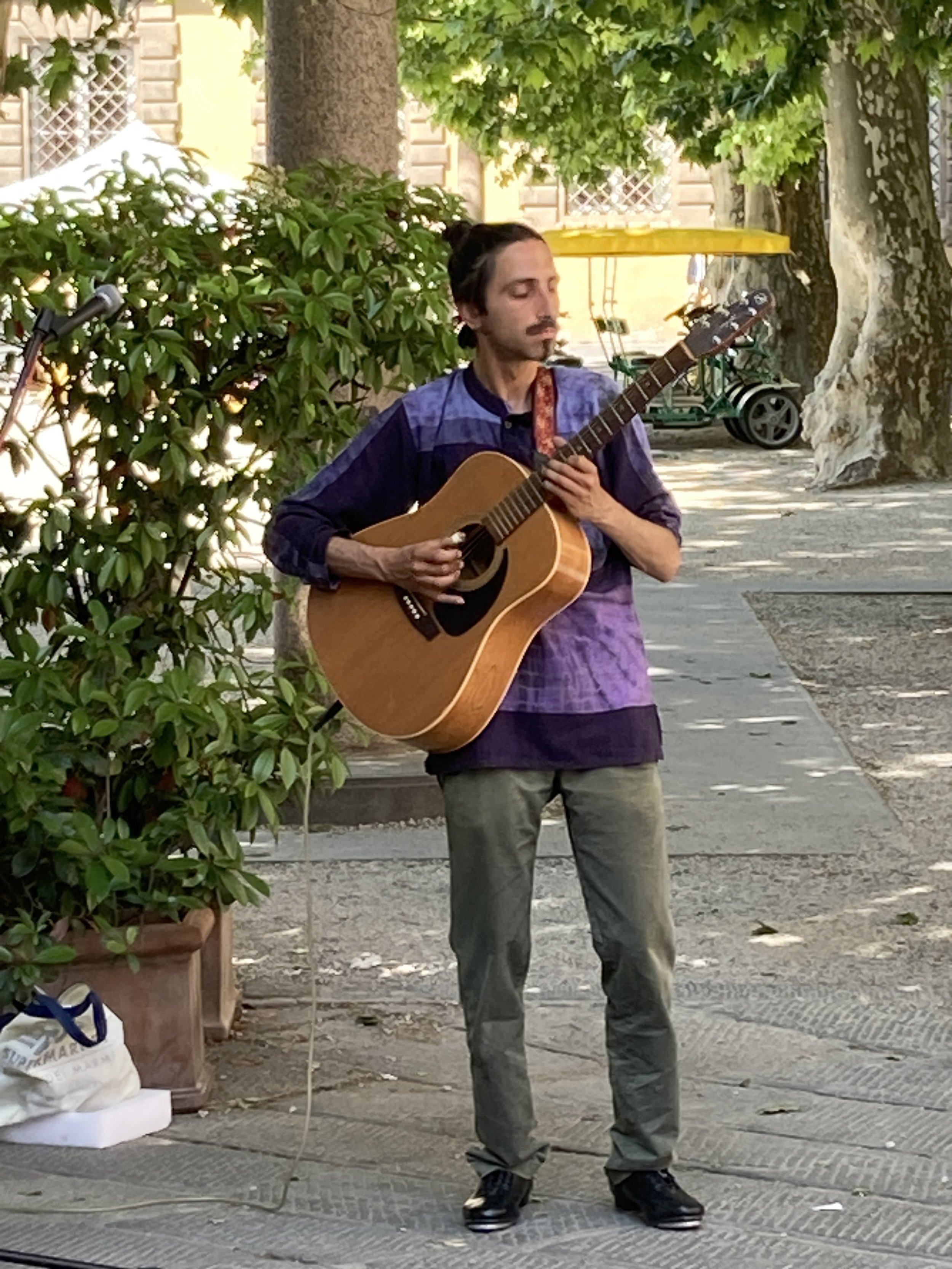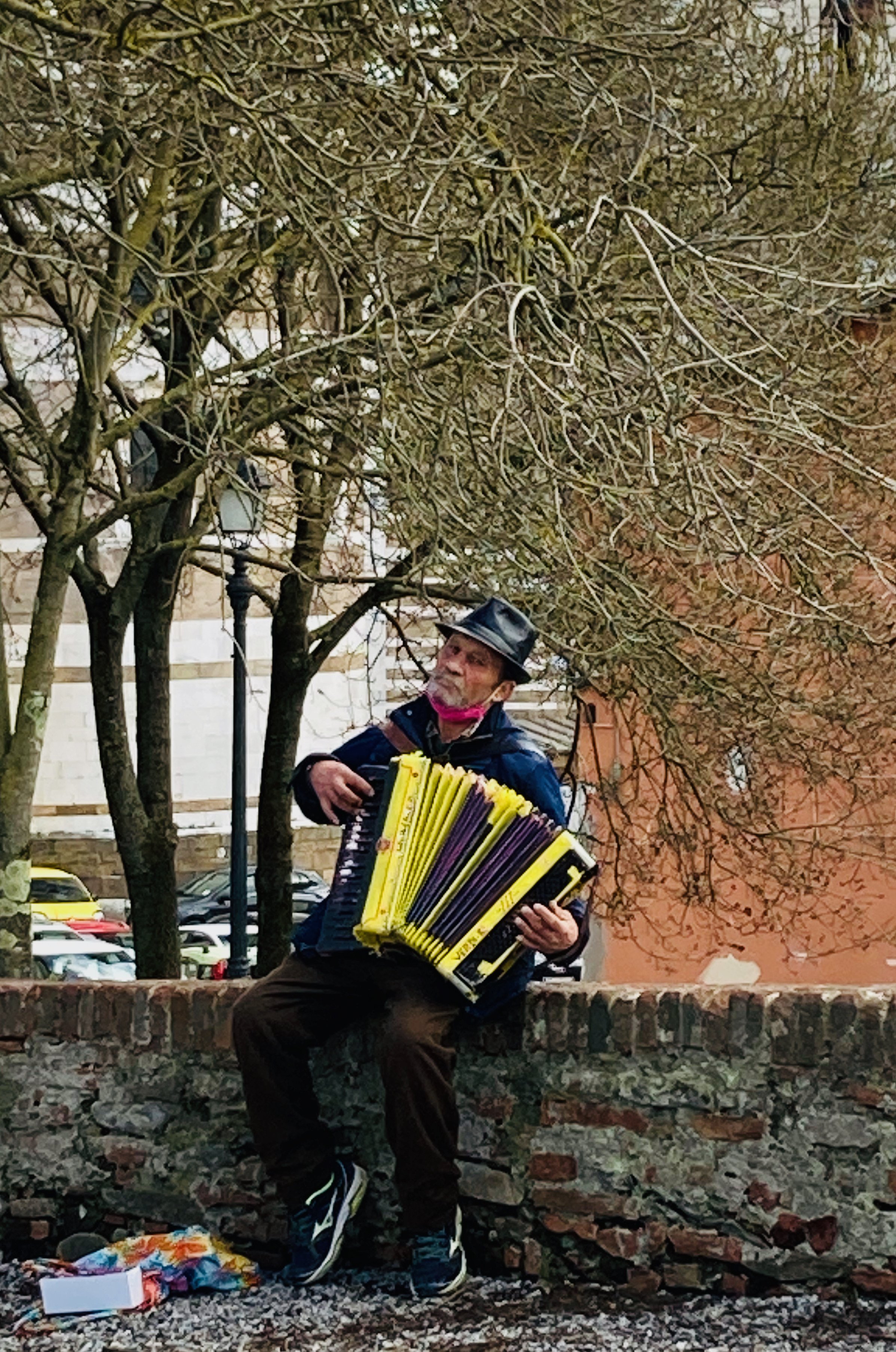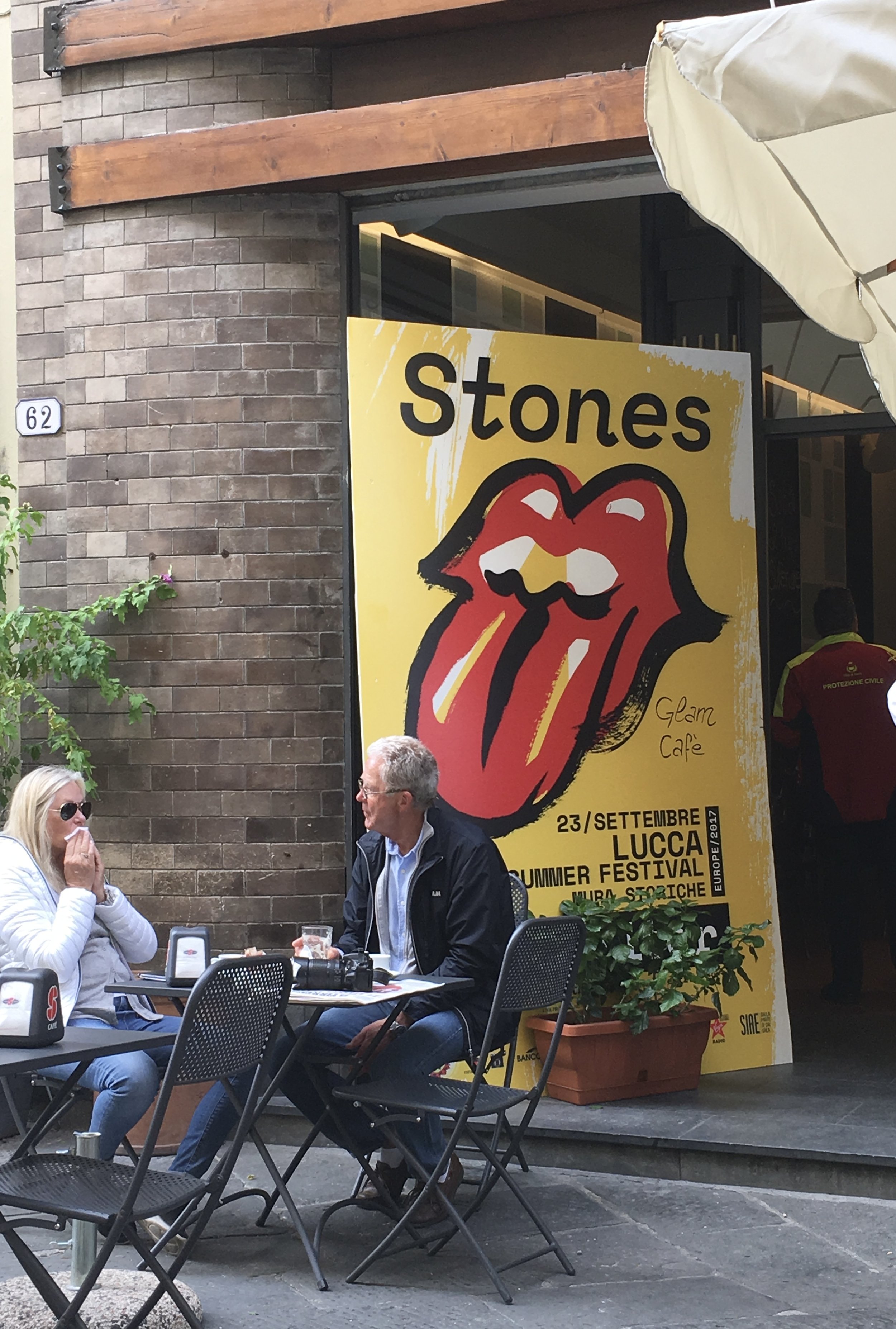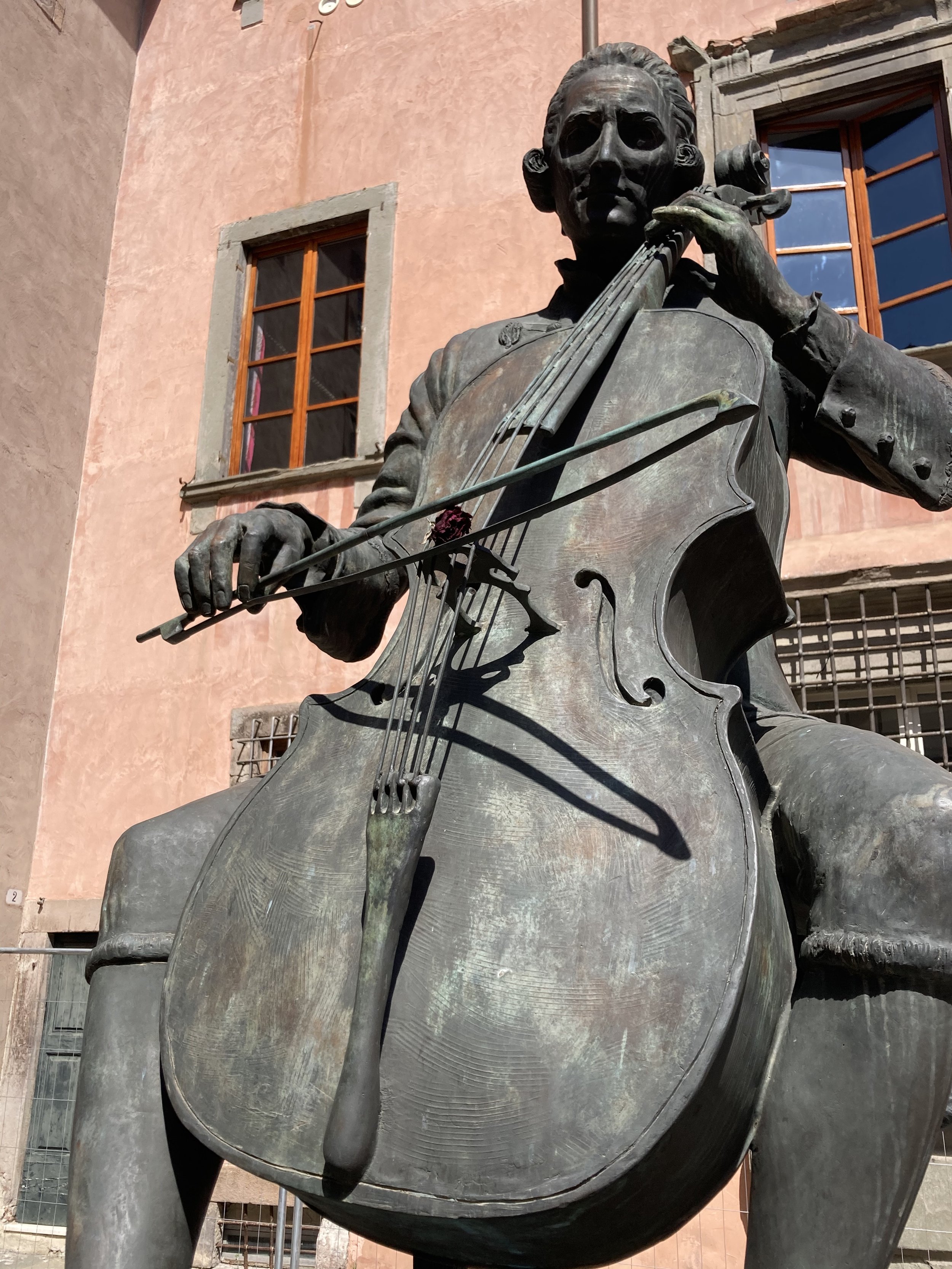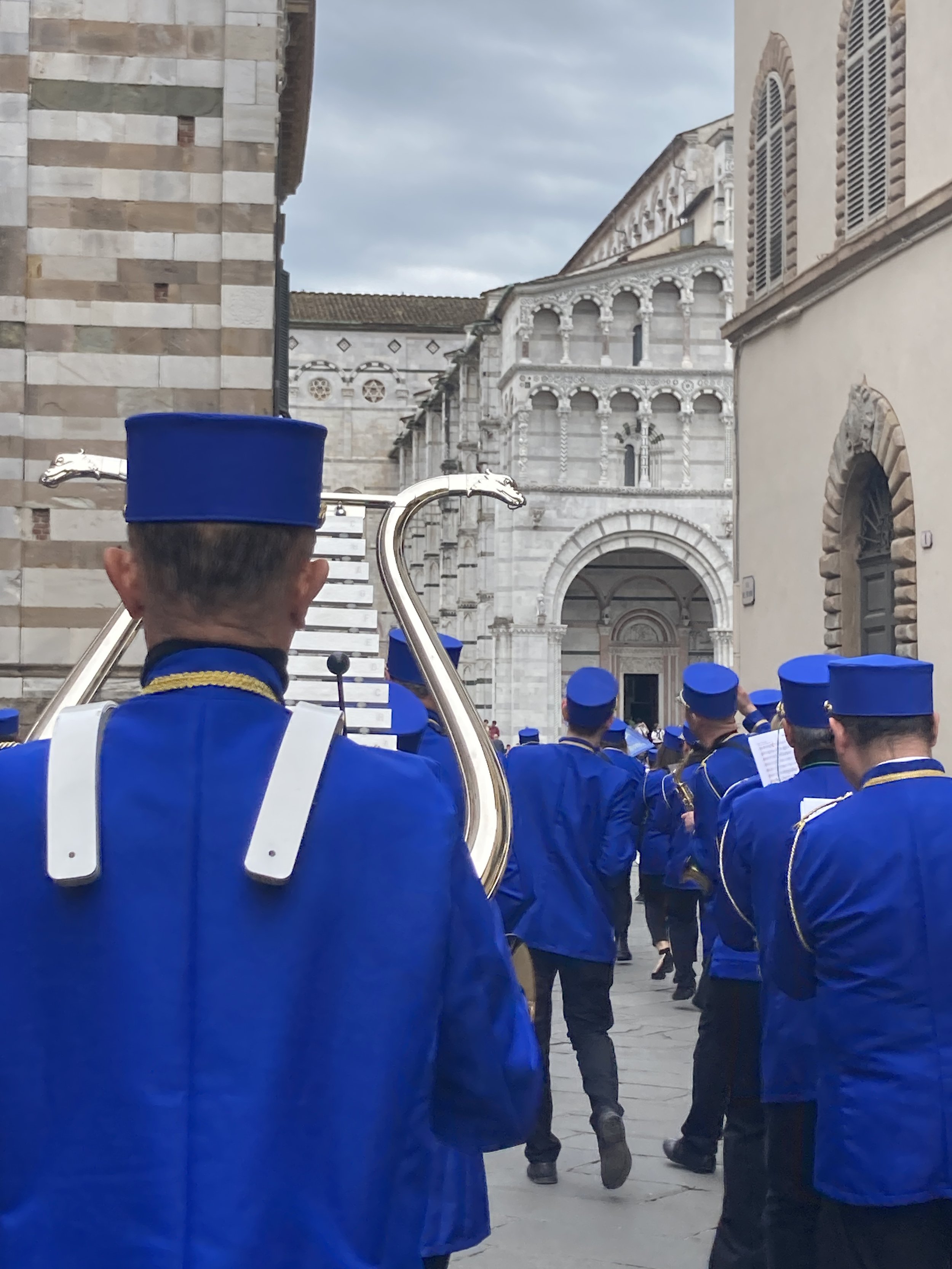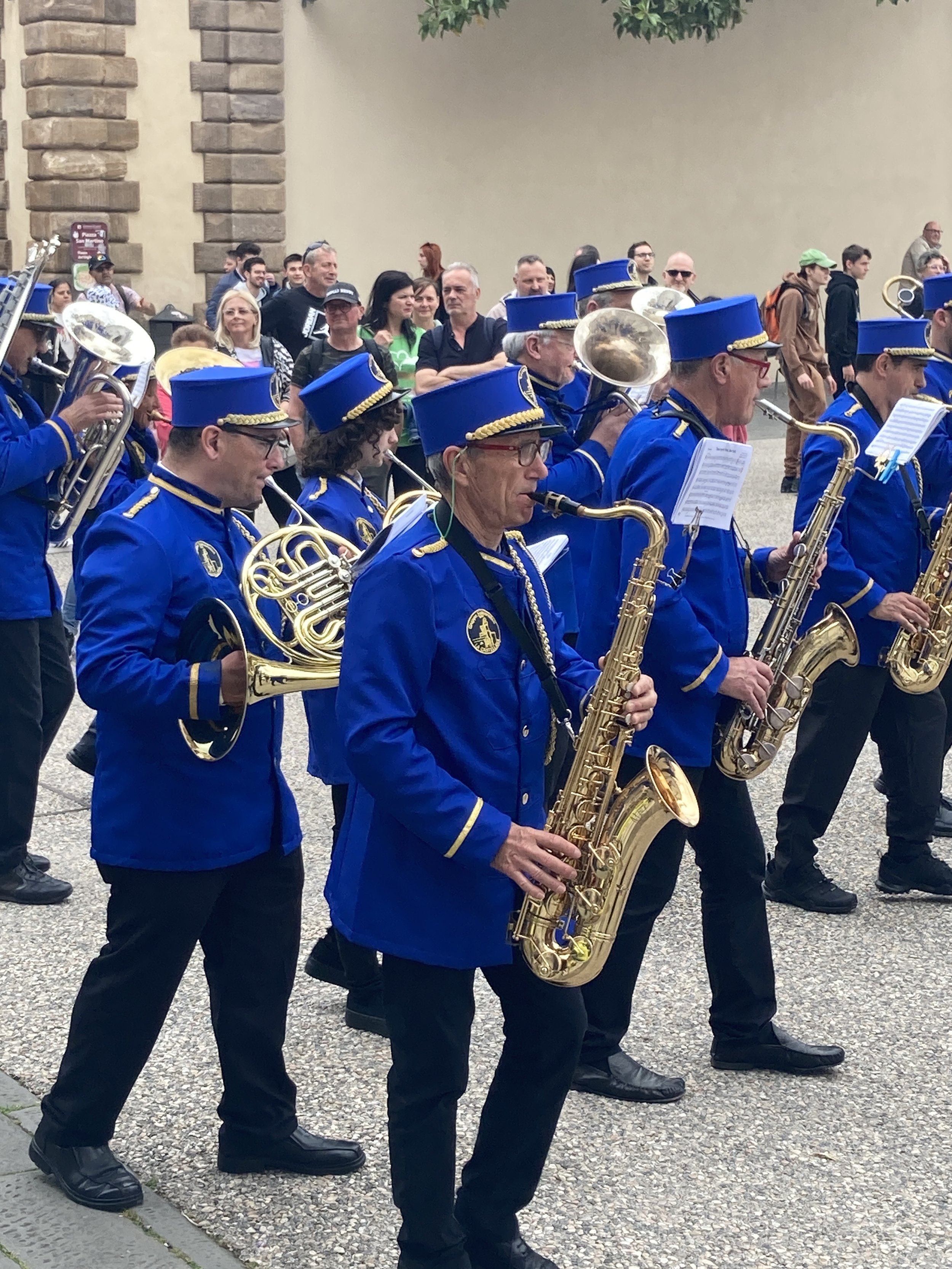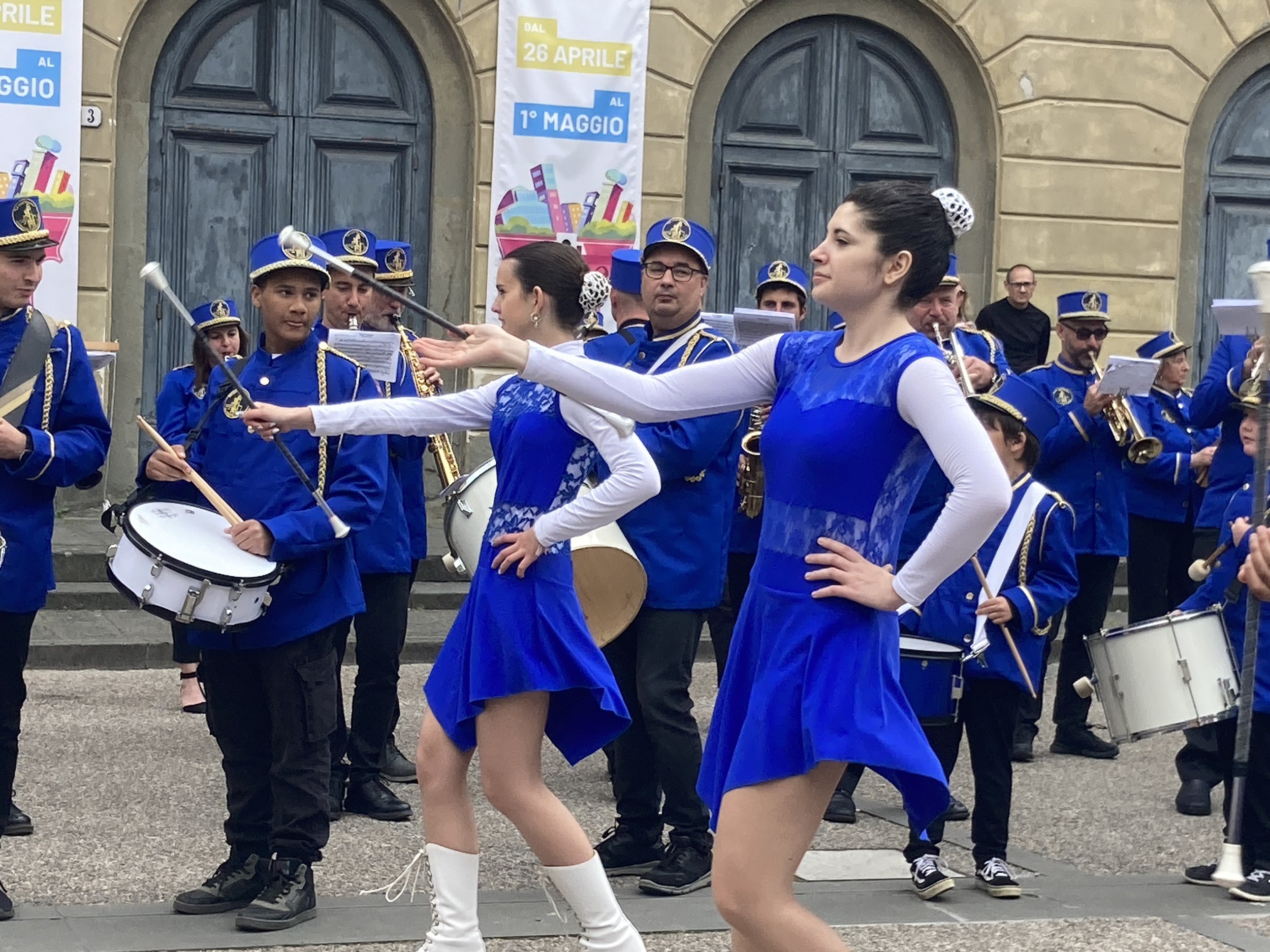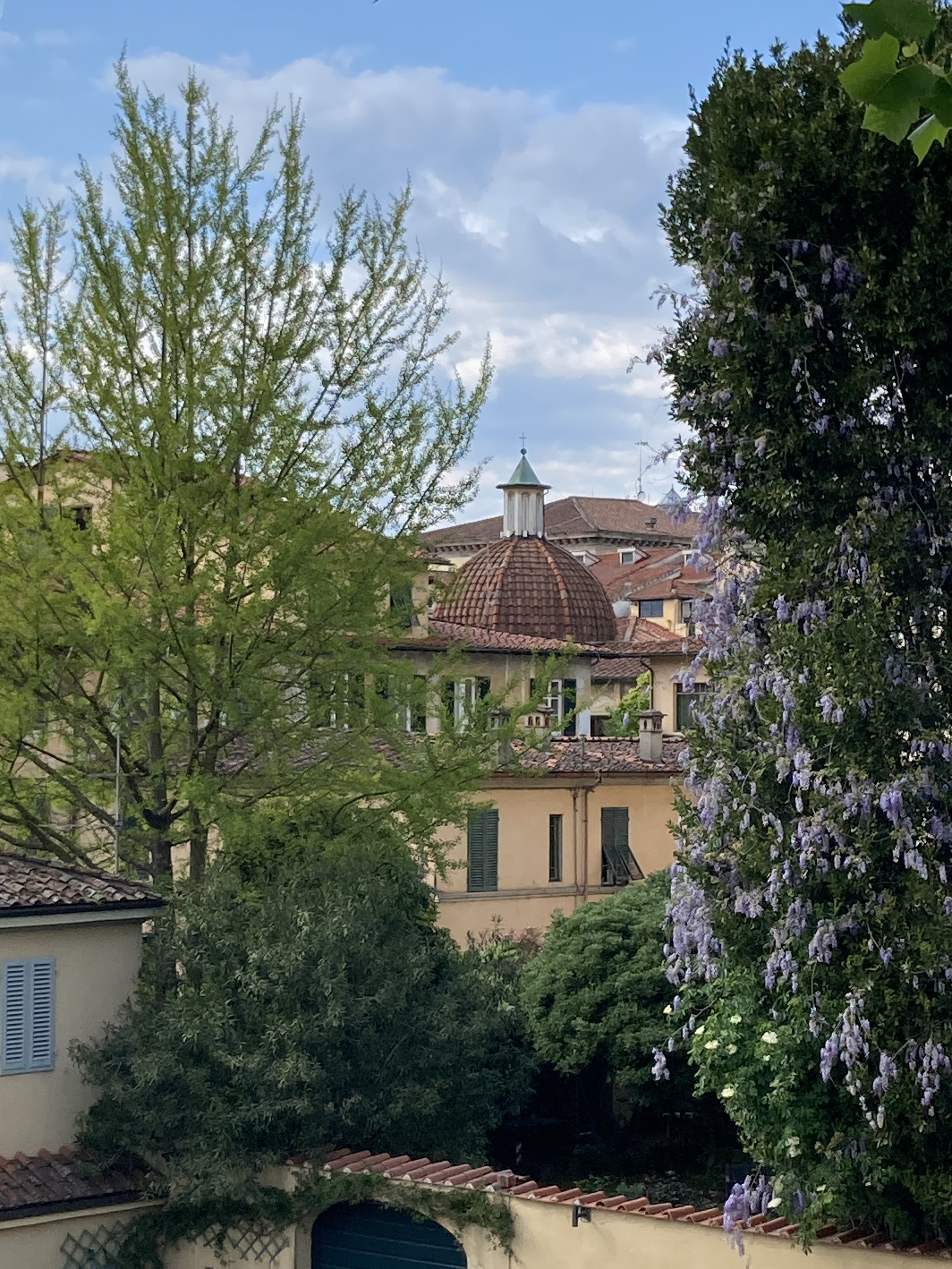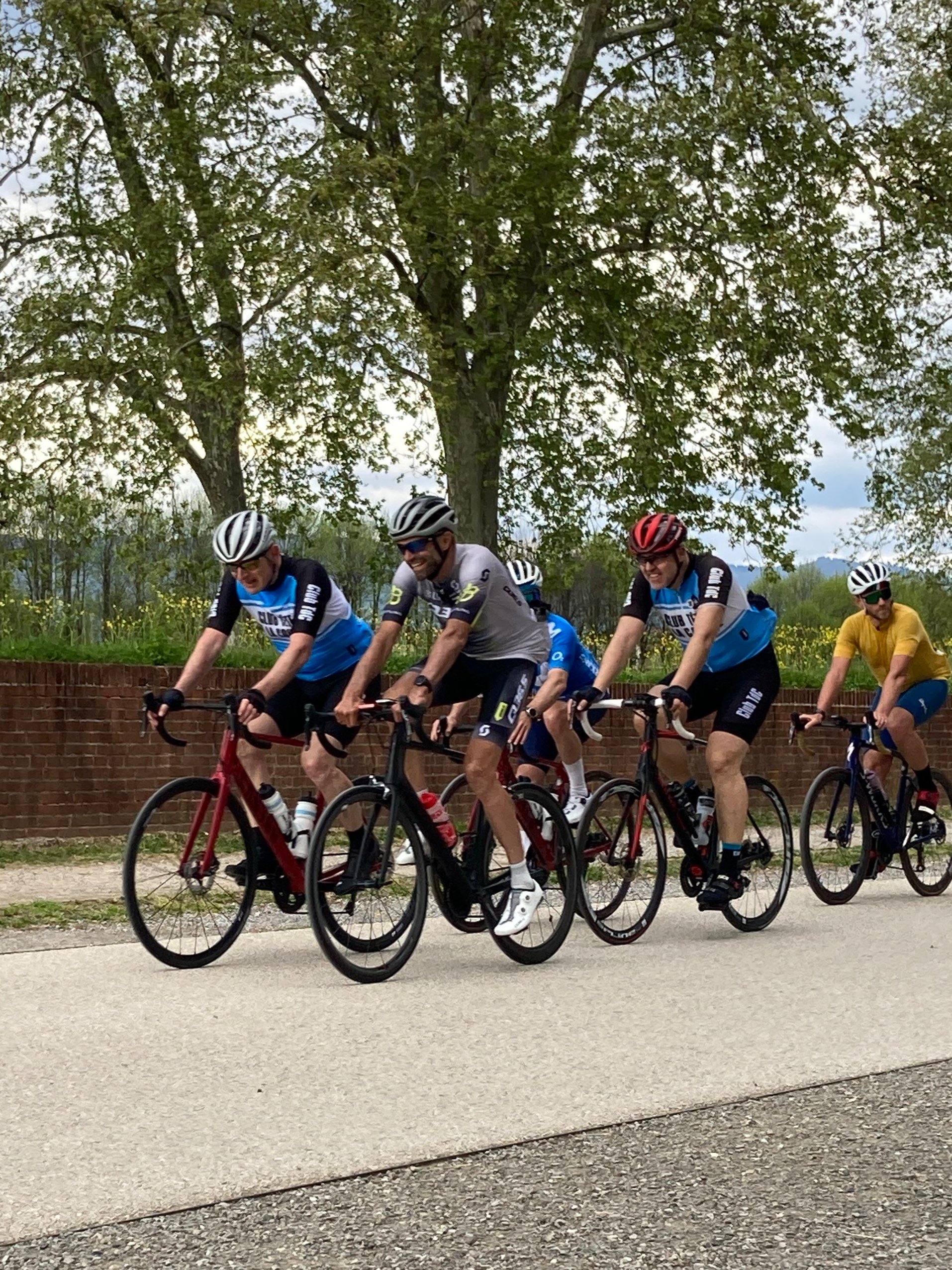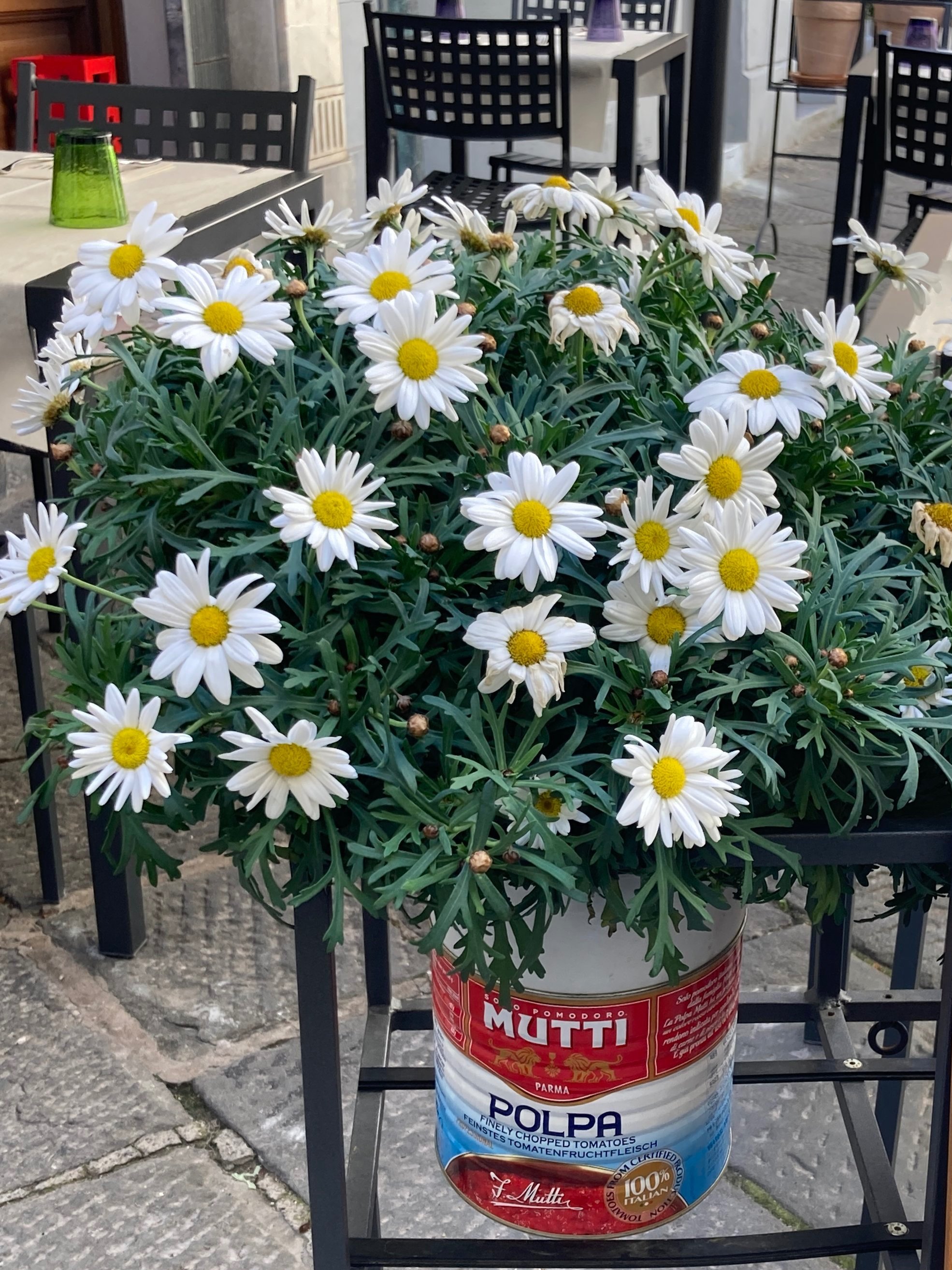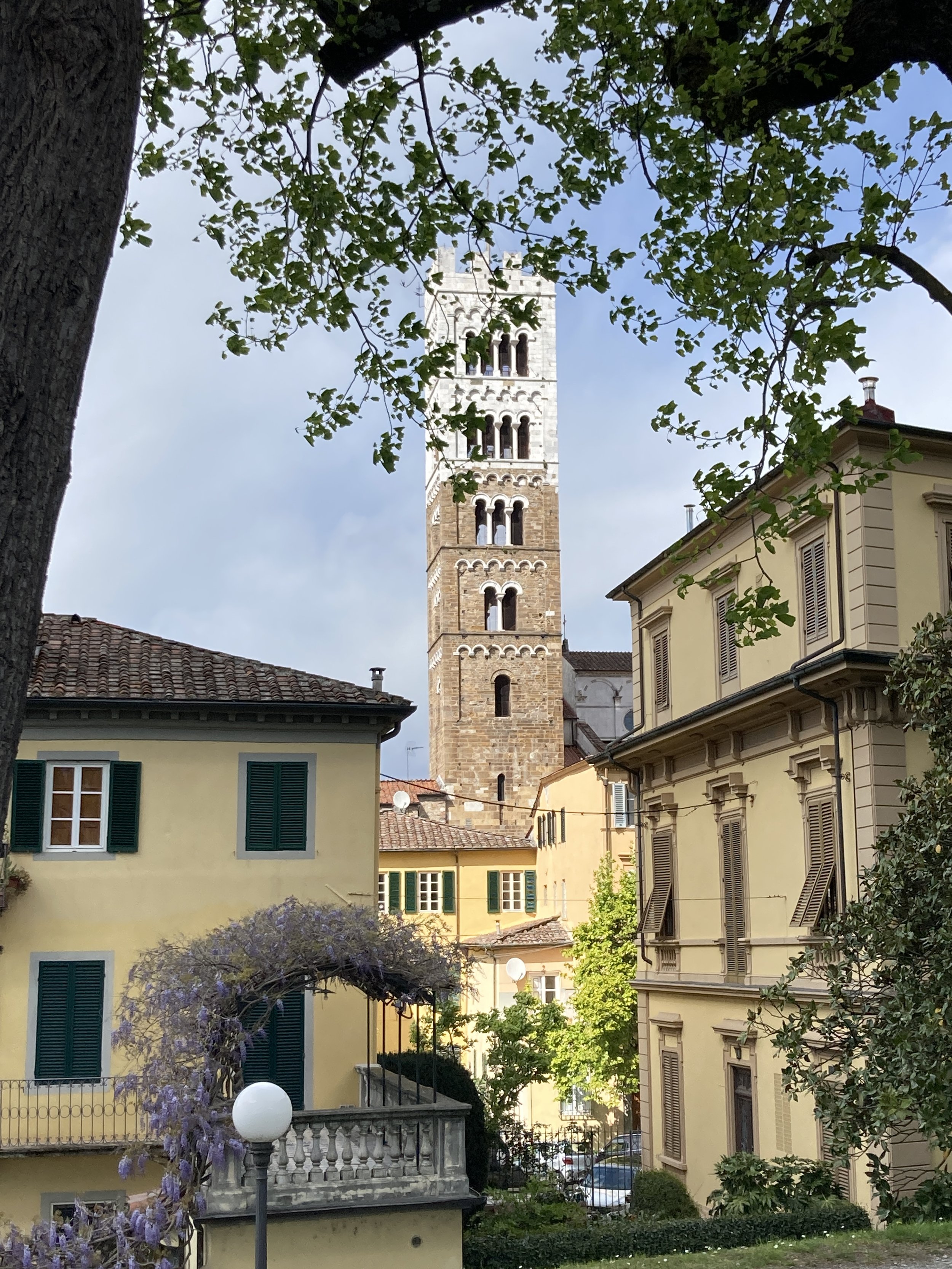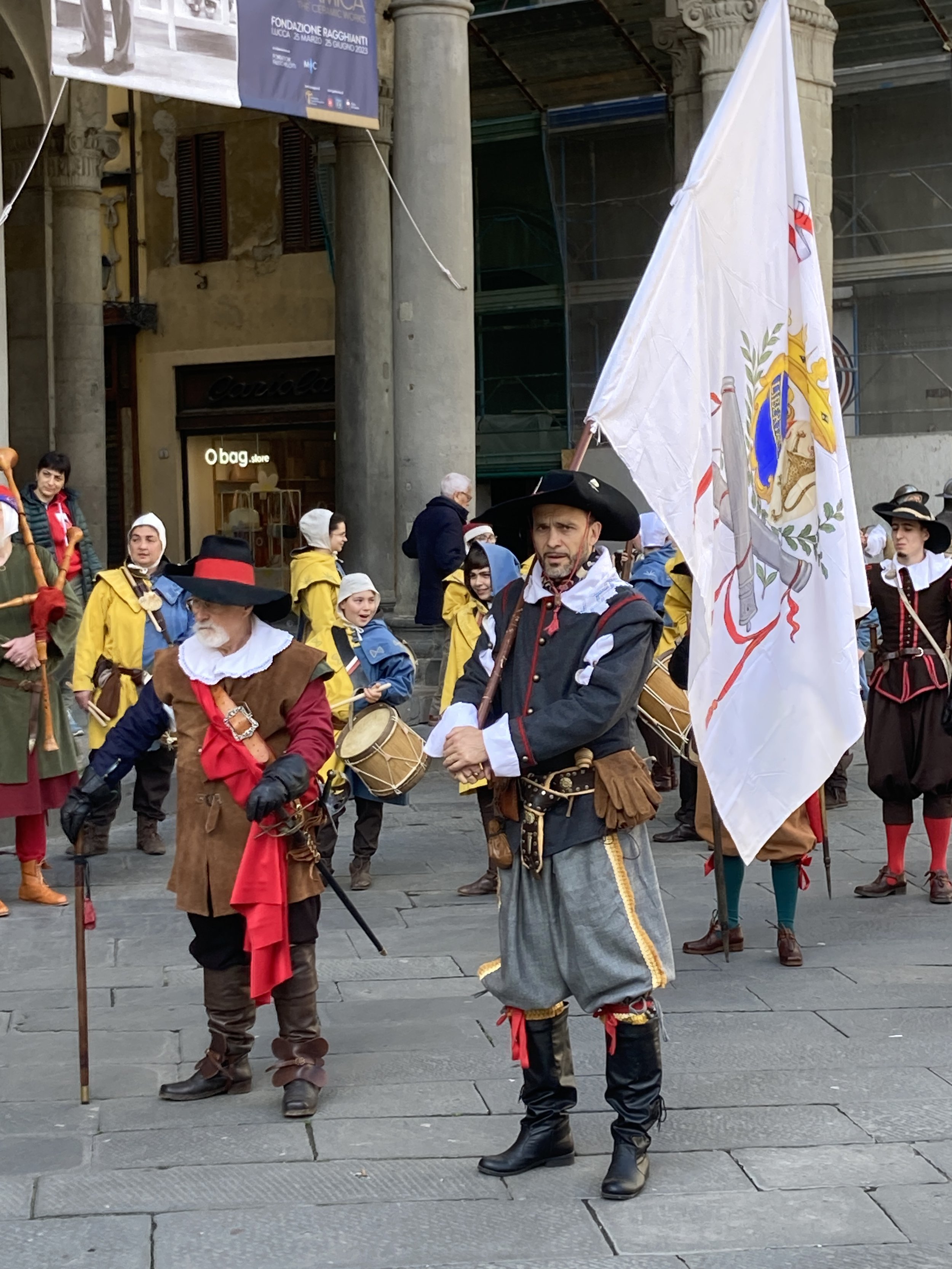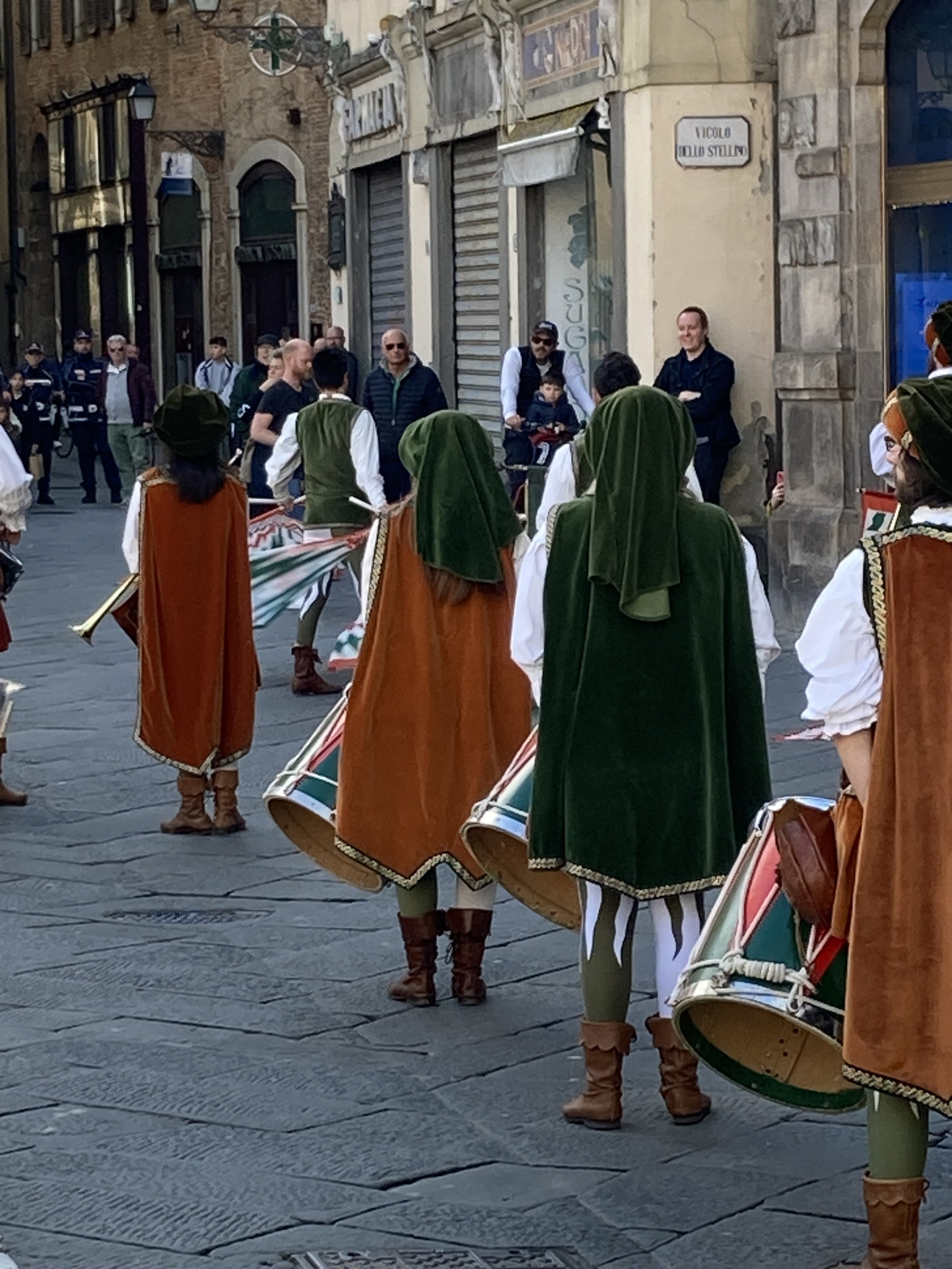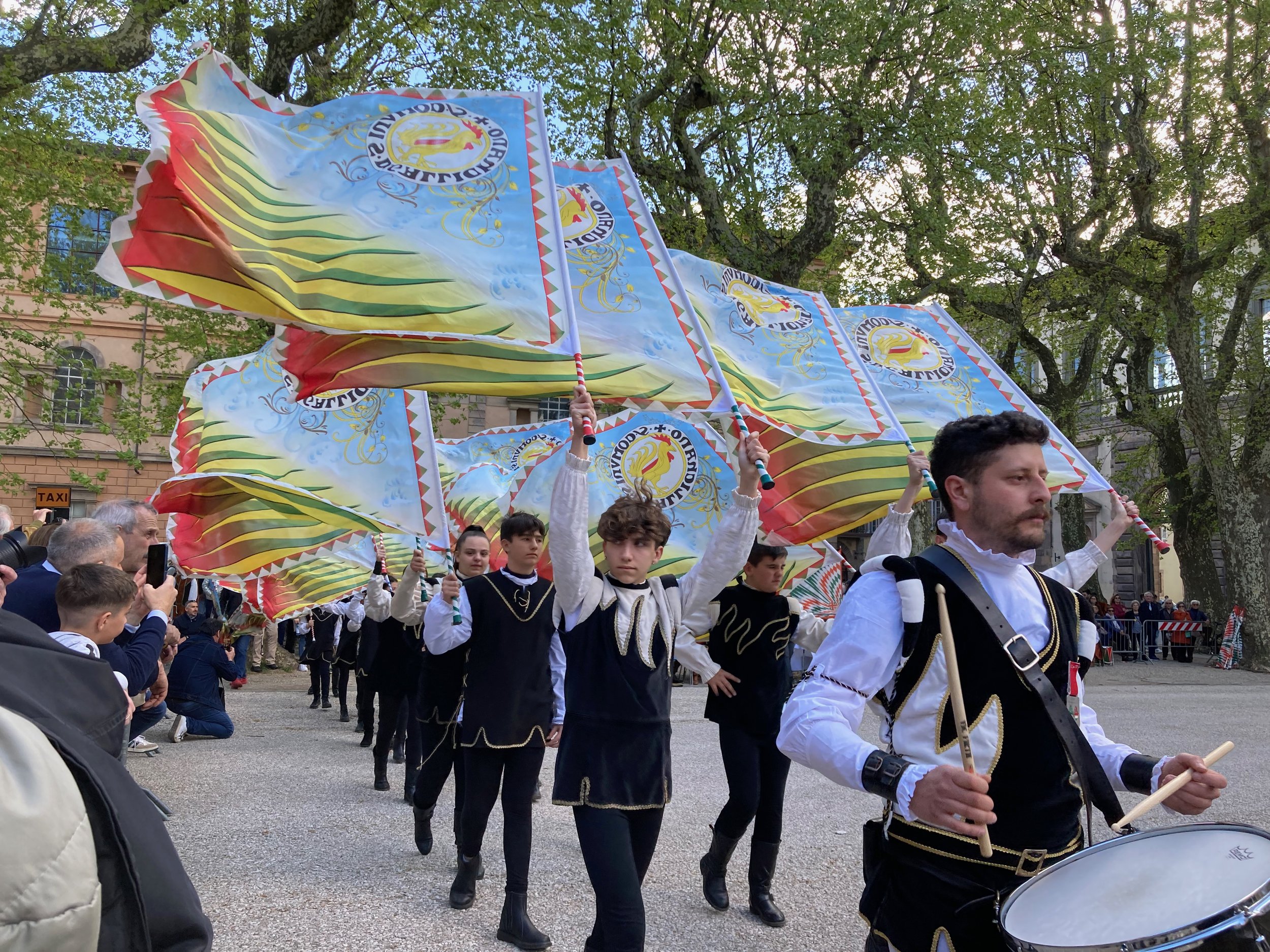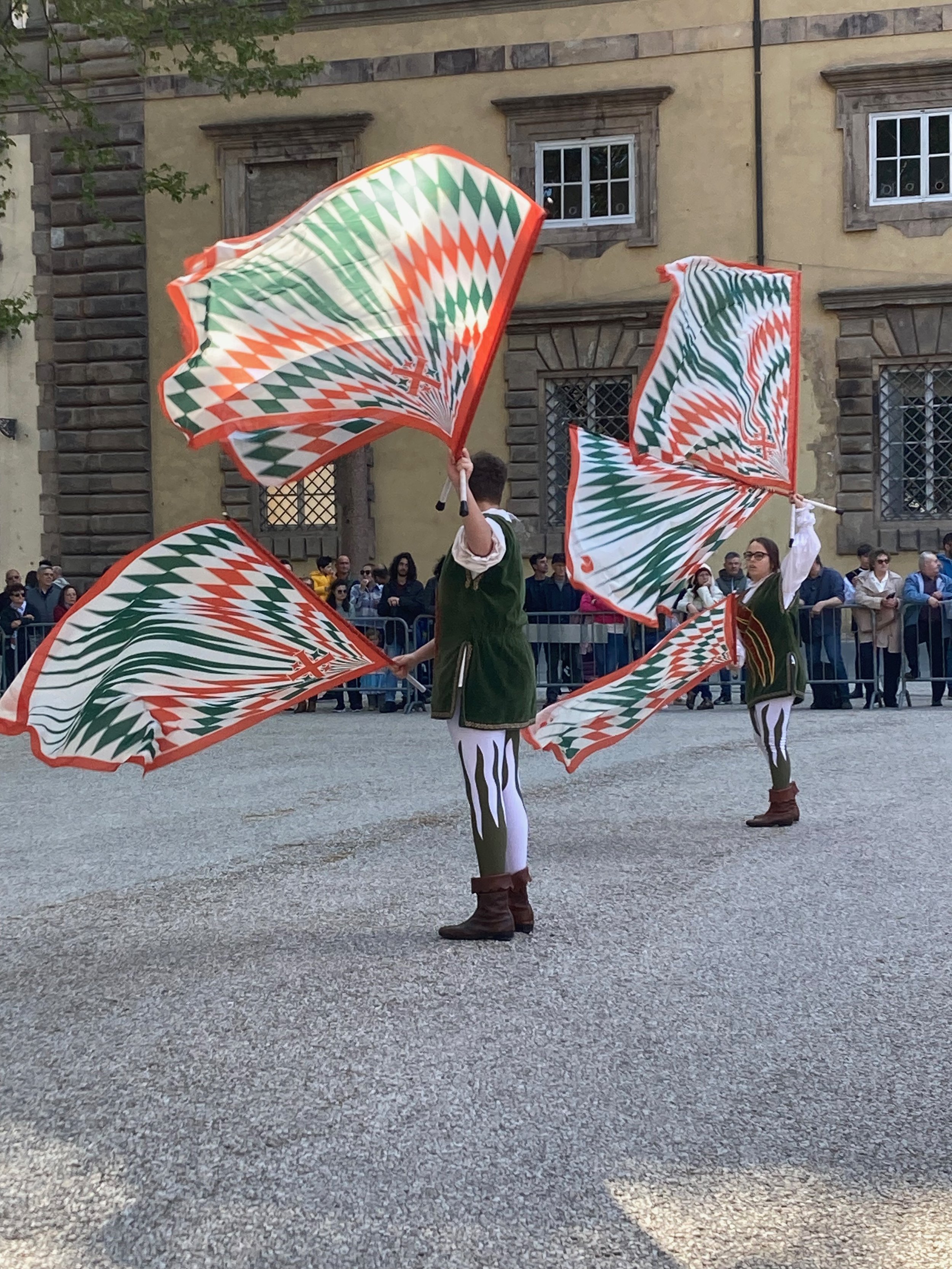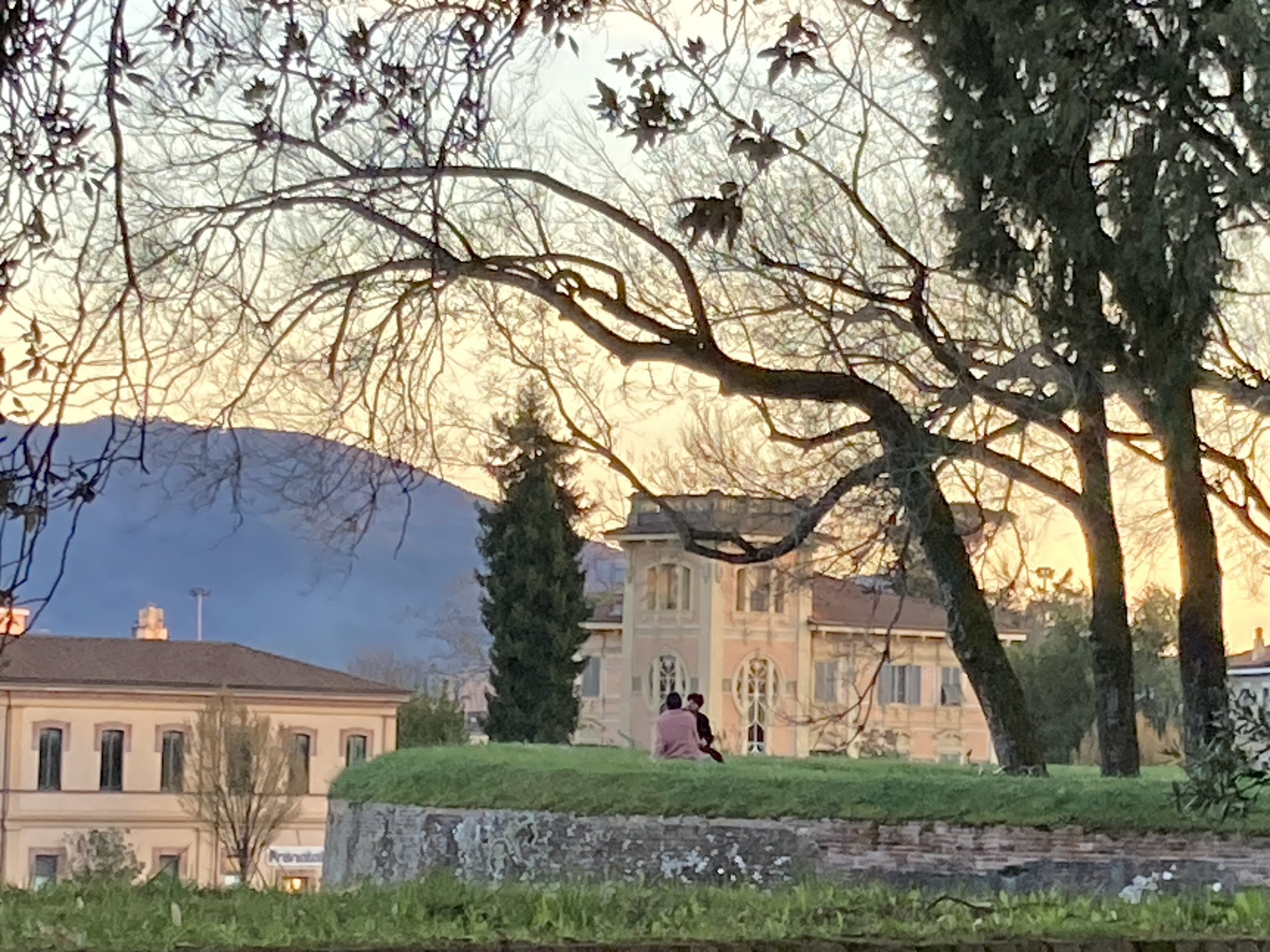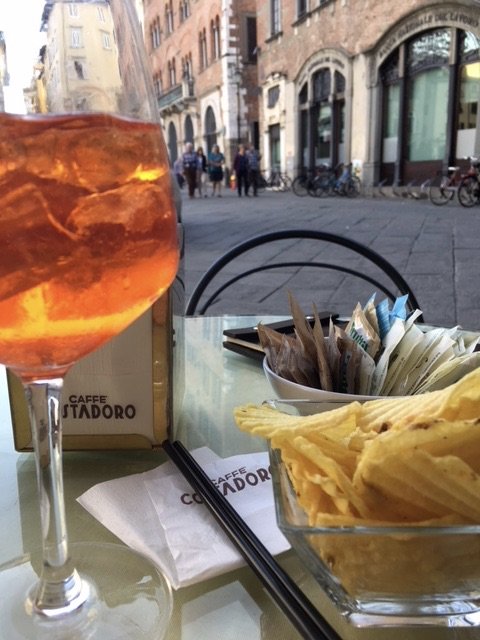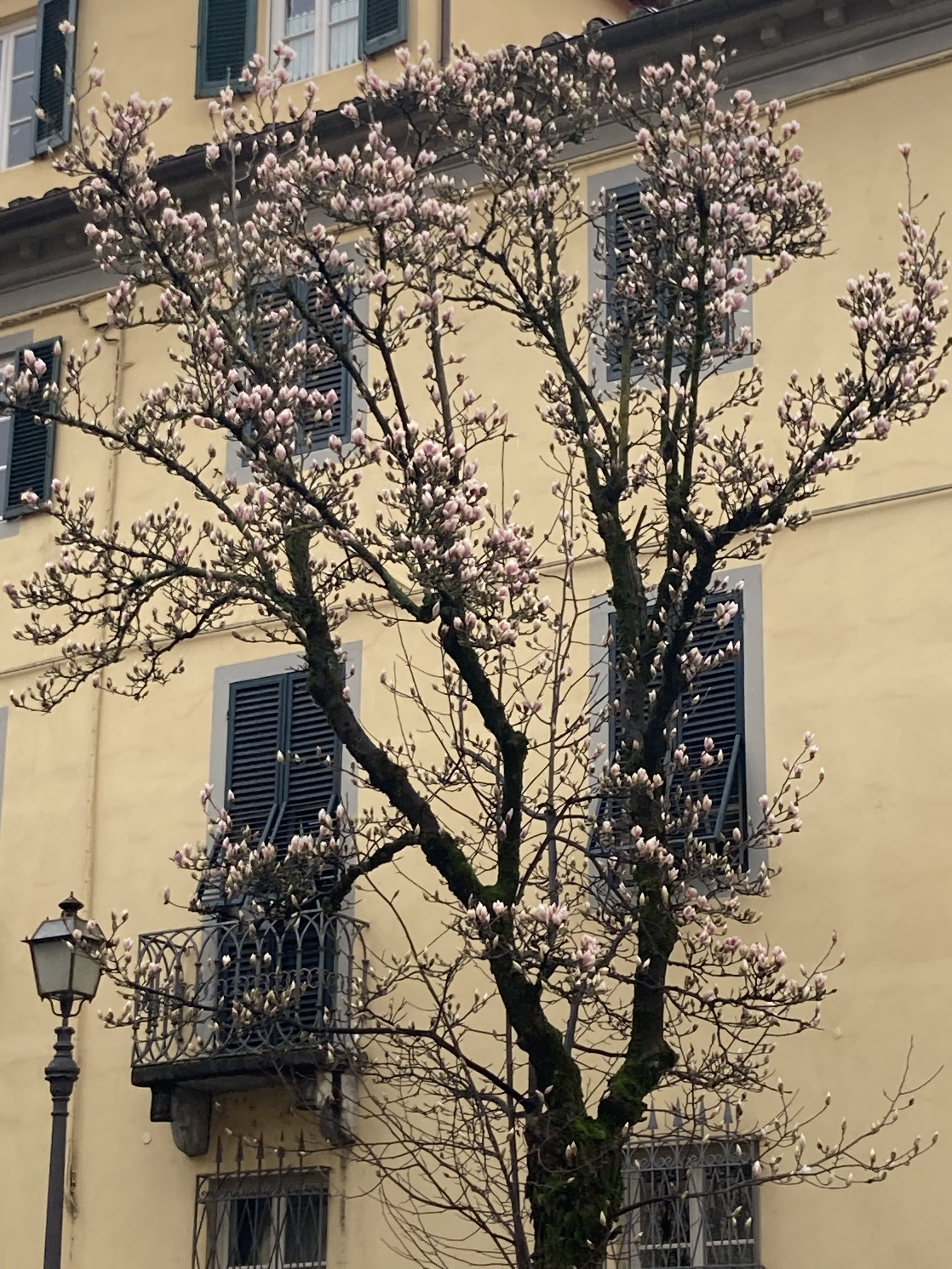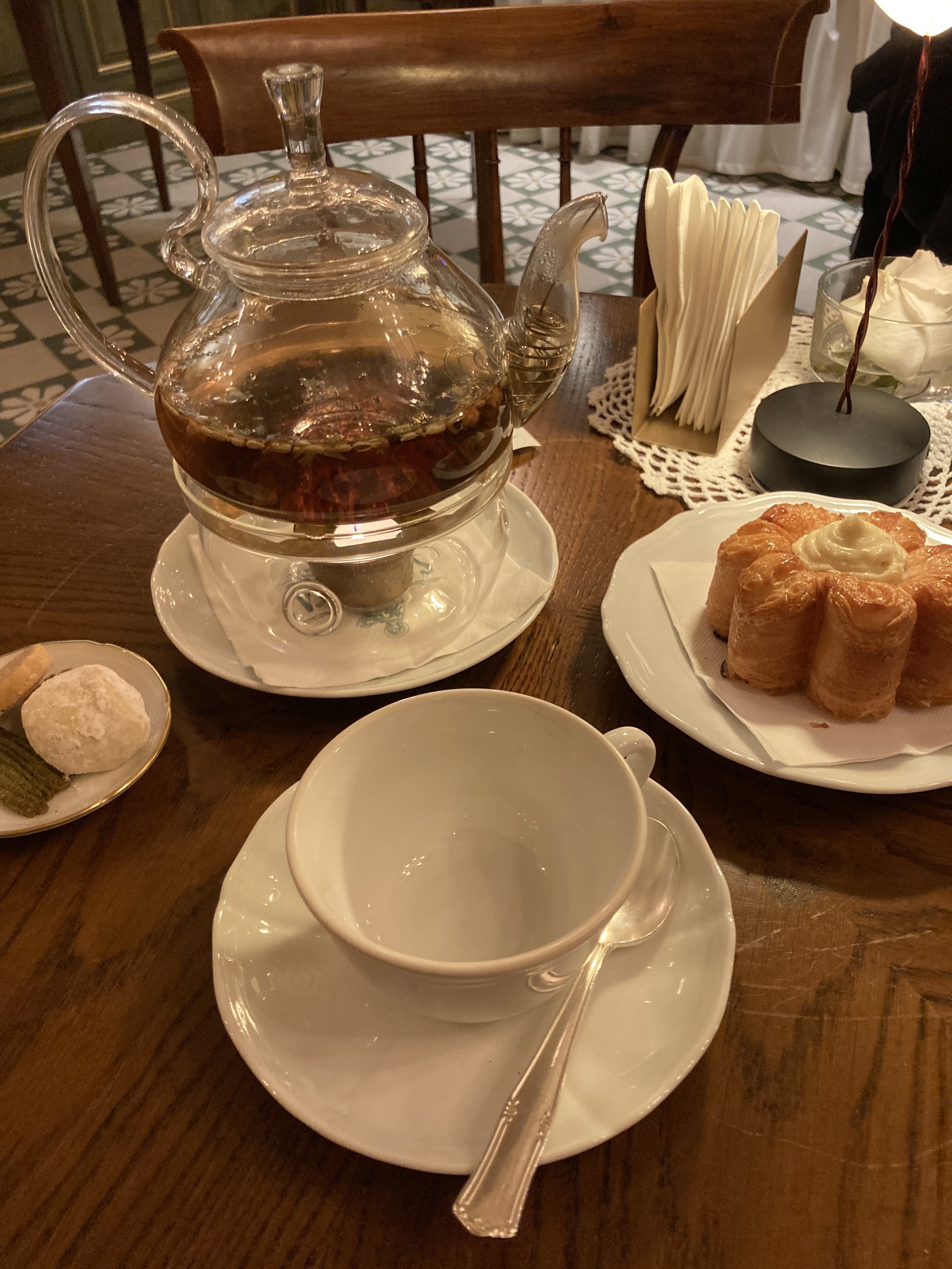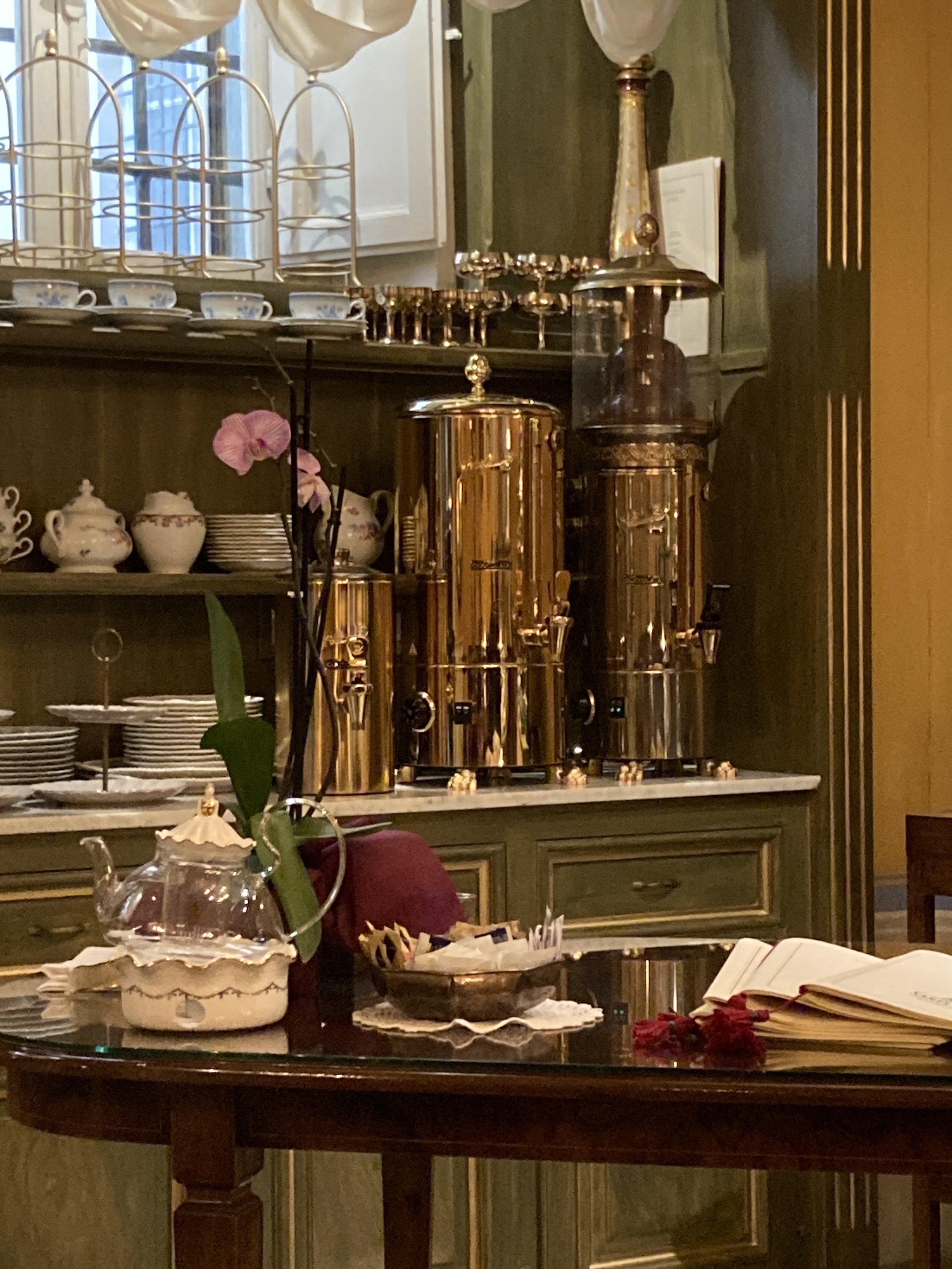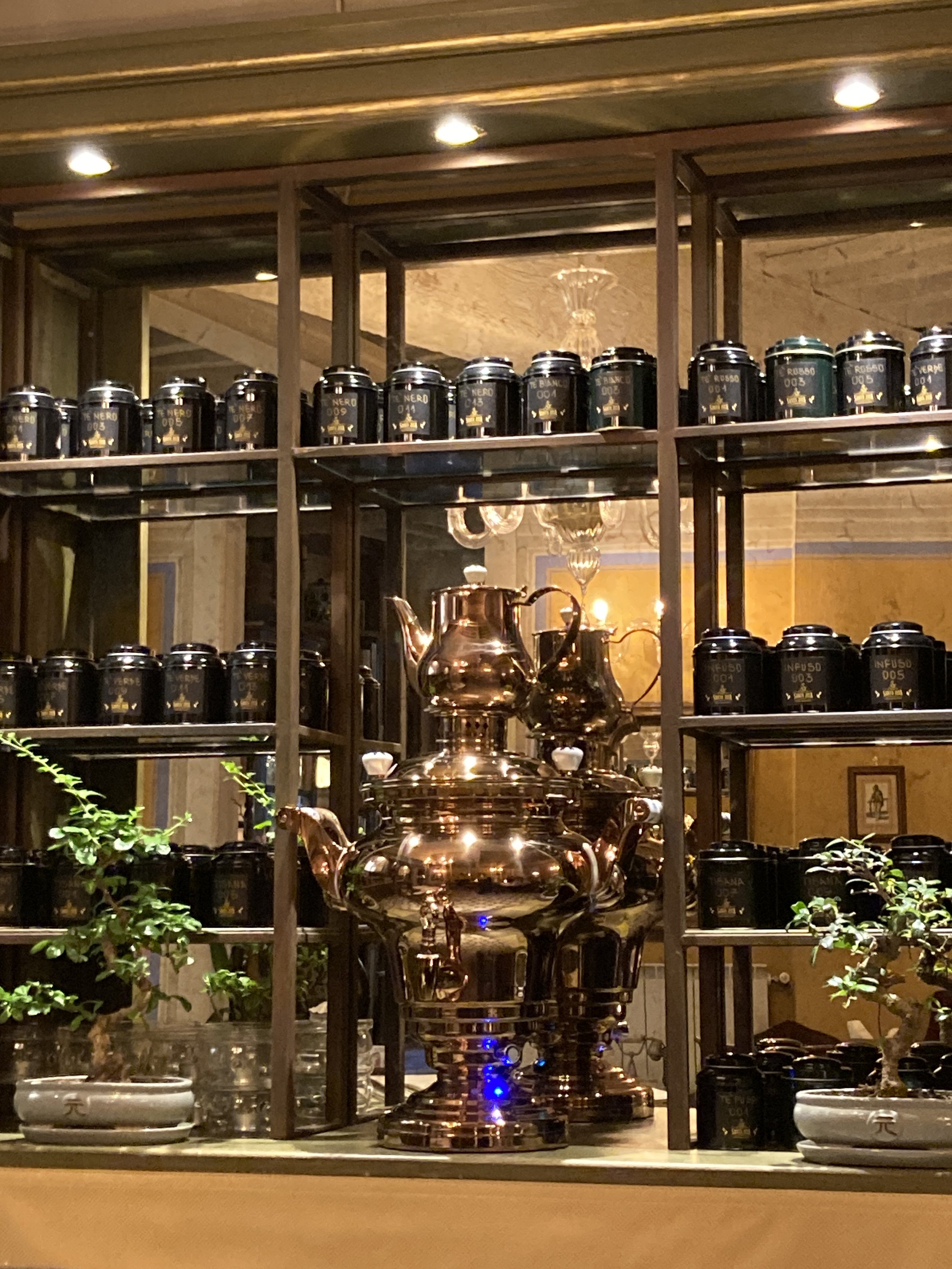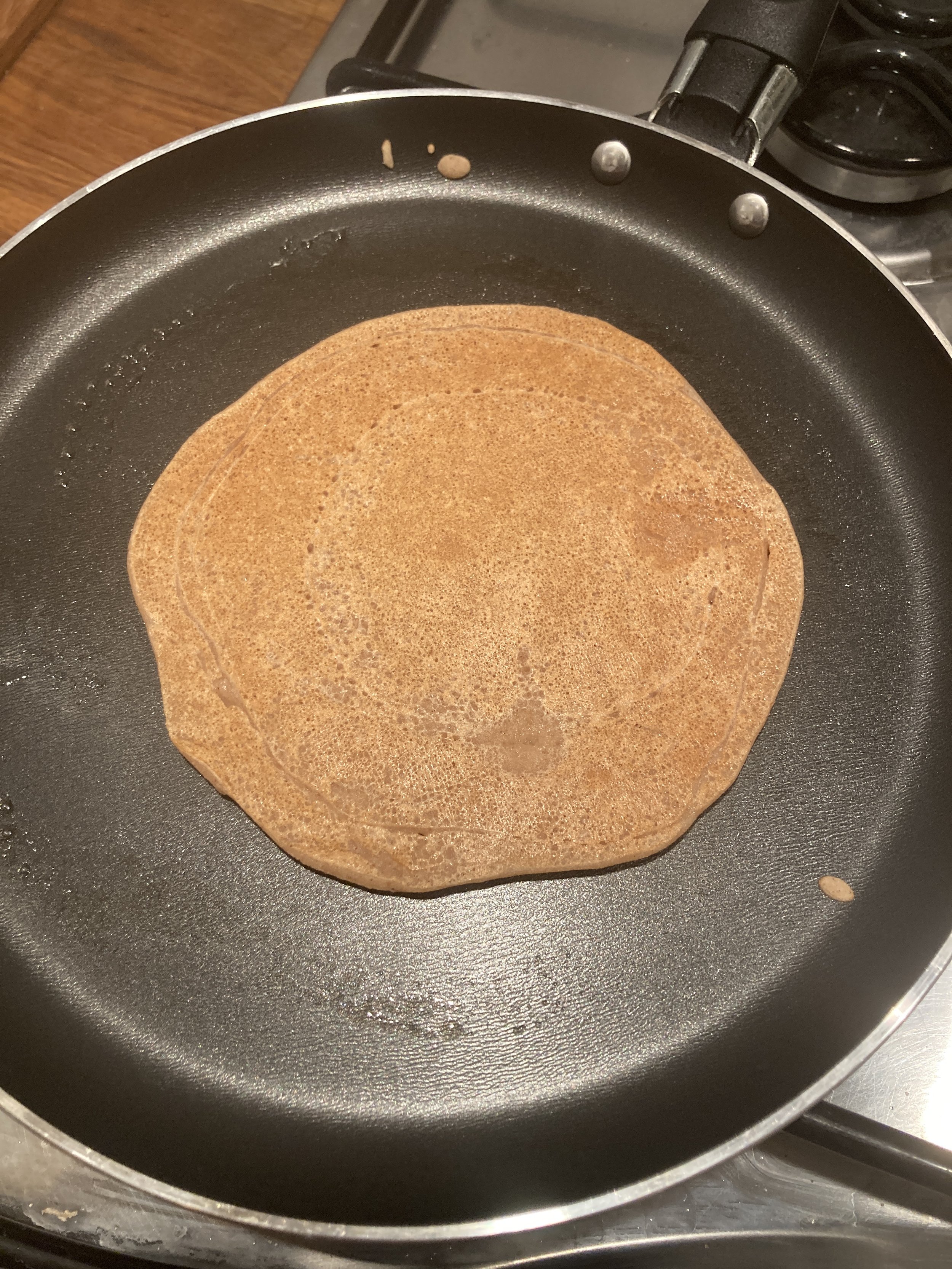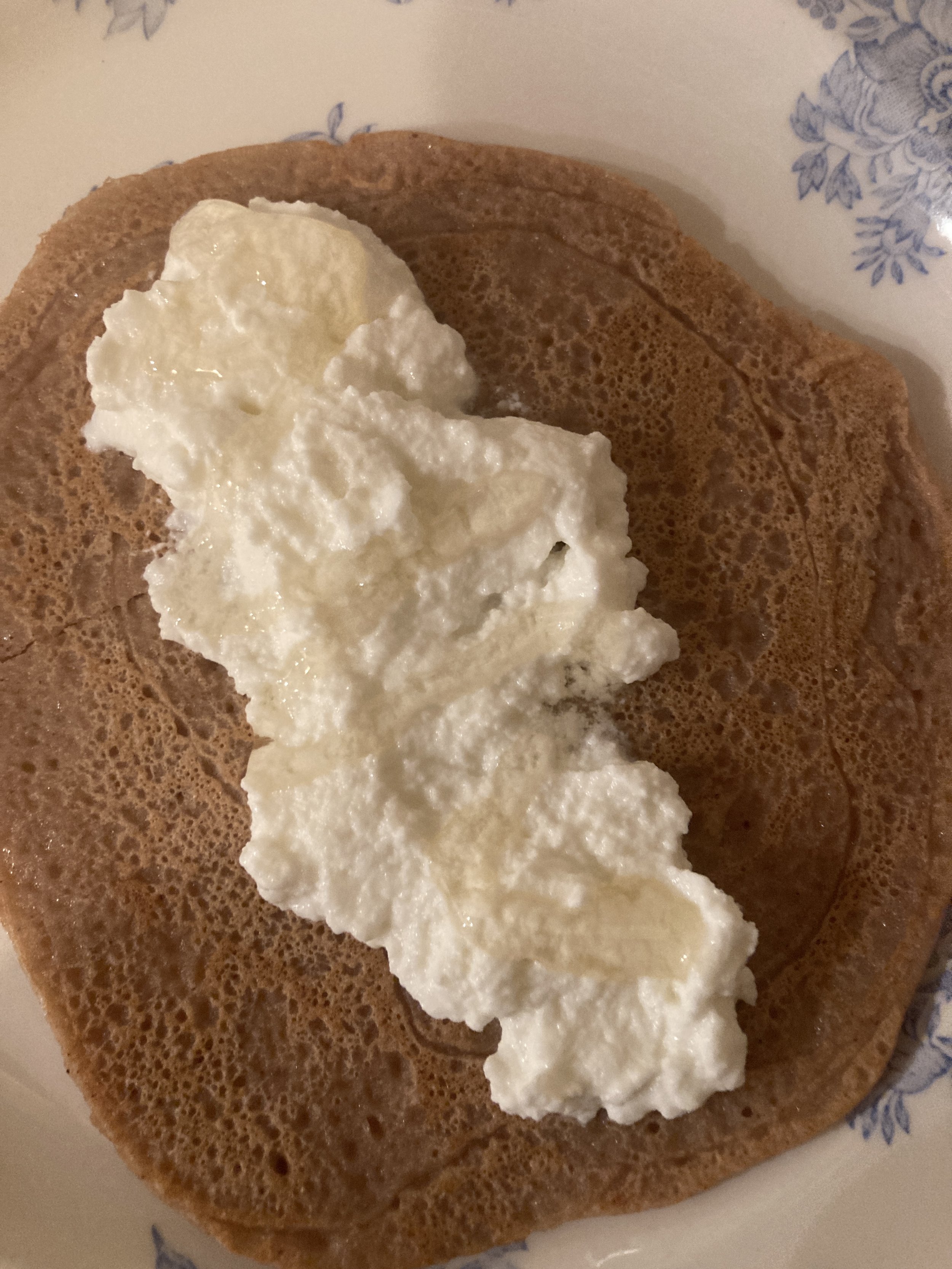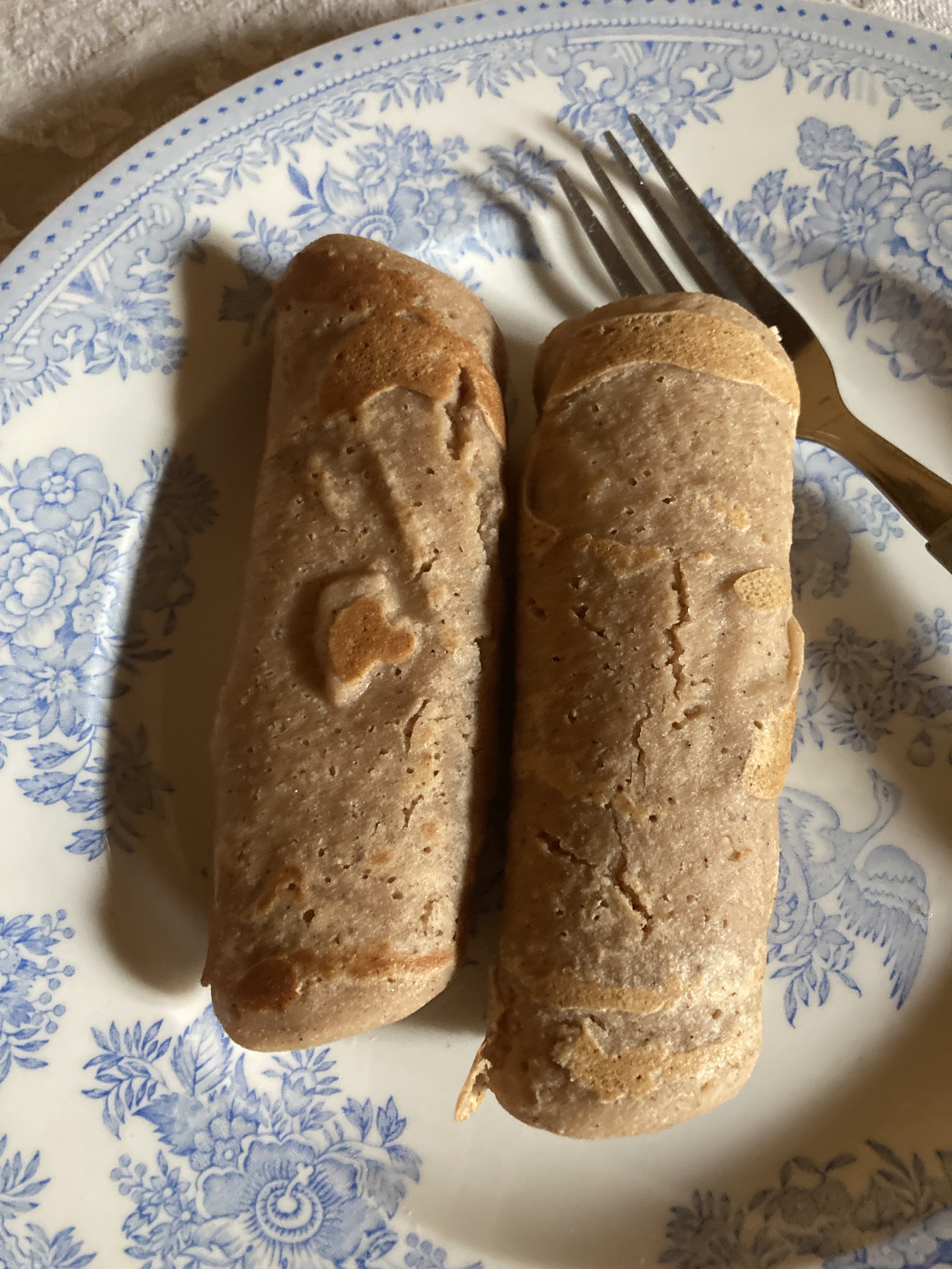Springtime Music in Lucca
Music is an integral part of life in Lucca. The musical heritage here is rich and spans centuries. Buskers frequently entertain passersby with everything from classic Italian songs on an accordion to street-side opera or folk music under an ancient loggia.
Local musicians perform at cafes and bars, up on the walls, and in the piazzas. It’s hard to beat a spring evening spent sipping a spritz while listening to music in a medieval square.
Crowds flock to Lucca each summer for Lucca Summer Fest – a contemporary music festival with a wide variety of Italian and international performers.
This year Norah Jones, Bob Dylan, Kiss, Pat Methany, and Lil Nas X are among the scheduled acts (quite a diverse group!). Several years back, the Rolling Stones headlined, performing on the green space just outside Lucca’s ancient walls. That was fun!
But my favorite musical events in Lucca involve classical composers, some of whom were born here.
Generations of the Puccini family called Lucca home, including 4 generations of sacred music composers, all of whom served as Maestro di Cappella (choir master) at the Cathedral of San Martino.
Puccini statue in Piazza Cittadella, Lucca. His childhood home is in the background.
The 5th generation saw the Puccini we all know best - Giacomo, born in Lucca in 1858 – shift the family musical focus to opera.
His family home is now a museum. A large bronze statue of “il Maestro”, cigarette in hand and looking rather rakish, sits in Piazza Cittadella near the museum shop.
Puccini is revered here, so much so that a selection of his arias are performed every evening in the church of San Giovanni.
Statue of Luigi Boccherini in Lucca
Puccini was not the only famous composer to come from Lucca. Luigi Boccherini was born here in 1743. He was a cellist and an early composer of music for string quartets.
Today, the Boccherini Institute is a place where young musicians train and perform. Just a few steps from my apartment, the sounds of musical practice coming from the building grace my morning walk most days.
Perhaps not as well known outside of Italy as Puccini, his cello concertos are incredibly beautiful. When I want to relax, Boccherini is on my playlist.
To celebrate its classical musical heritage, each spring the city hosts the Lucca Classica Music Festival.
During the event, musical performances are held throughout the historic center of town – in gardens, underneath the ancient walls, in churches, theaters, and piazzas.
Performers come from around the world and include choruses, string quartets, orchestras, youth groups, guitarists and even brass bands!
The works of Puccini and Boccherini are well represented during the festival, along with other opera and classical music composers, jazz works, world music, and some distinctly modern pieces.
It’s impossible to attend all the performances and difficult to choose among them. During this year’s festival, when I found a performance that promised Latin music in the spectacular setting of the Garden of Palazzo Pfanner, I knew I had to attend.
The garden at Palazzo Pfanner - a wonderful, casual setting for a classical music performance during the Lucca Classical Music Festival..
The music was by Quartetto Lunae, a string quartet playing in magical harmony. They played pieces from Cuba, Mexico, and South America, everything from a Piazzolla tango to Besame Mucho and La Bamba. Listening to the beautiful notes, surrounded by quiet birdsong and garden roses, was incredibly moving.
Quartetto Lunae
A fun counterpoint was the performance by the Filarmonica Giacomo Puccini di Nozzano. This large brass band assembled in Palazzo Napoleone, Lucca’s largest piazza. From there they marched across town, stopping in a series of piazzas to play for the gathered crowds. Add in some baton twirlers and it was quite a lively event!
This year’s Lucca Classica ended on May 1st. I can hardly wait to see what next year’s festival brings!
This concert goer found the perfect seat - watching the concert from inside the limonaia at Palazzo Pfanner!

